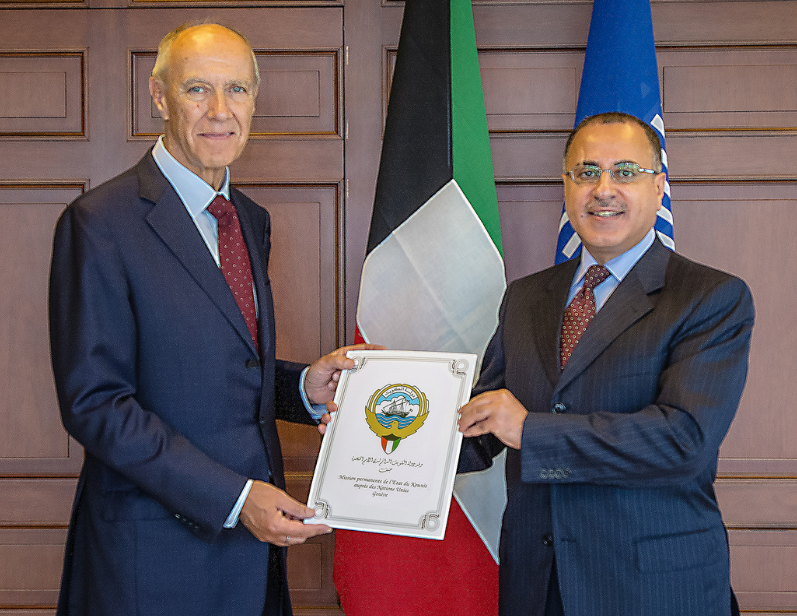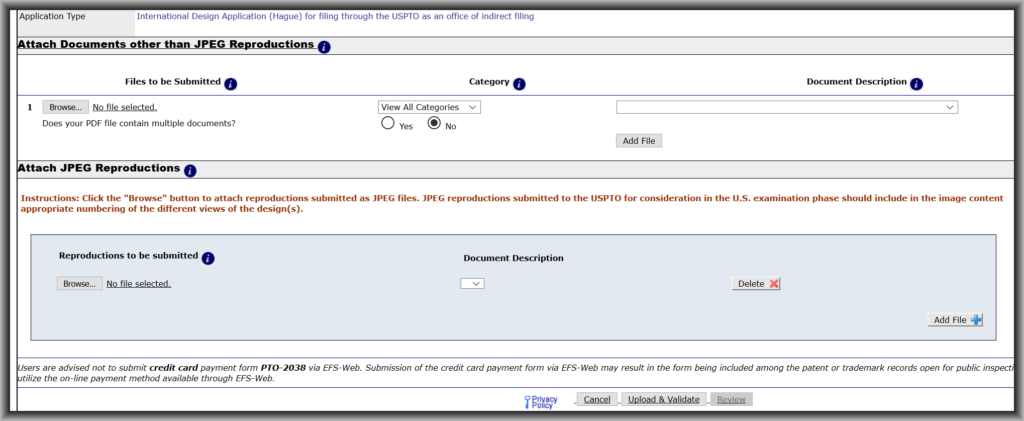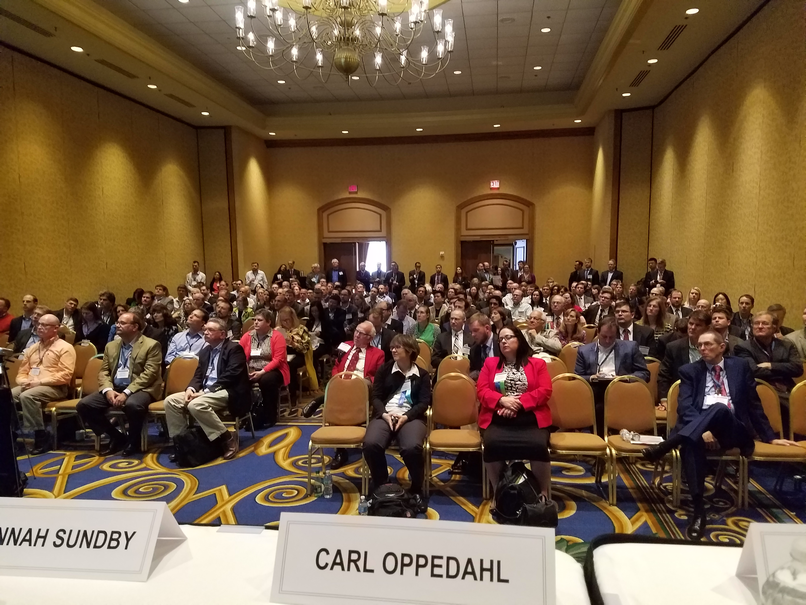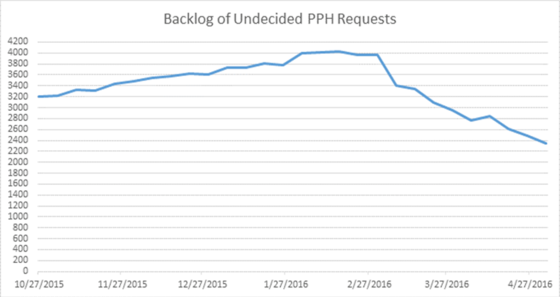The 20th annual AIPLA PCT Seminar is now open for registration.
This will be Monday and Tuesday, July 25 and 26, in Alexandria, Virginia.
As a reminder the AIPLA PCT Seminar is different from other PCT Seminars in many ways. One way that it is different is that it offers not only patent office speakers but also practitioners. There are speakers from Europe and from China who will talk about using the PCT to get protection in EPO and in China.
Yours truly is one of the speakers.
For more information, or to sign up, or to book a hotel room at the seminar hotel, click here.





